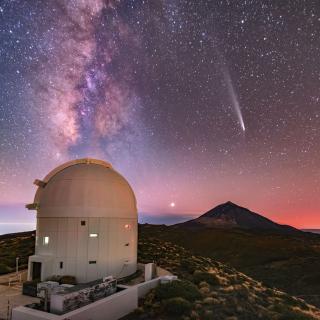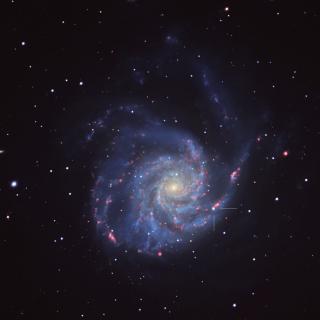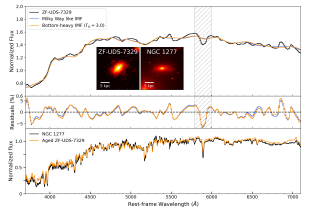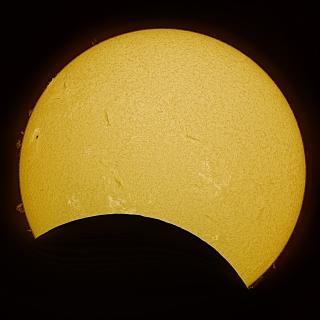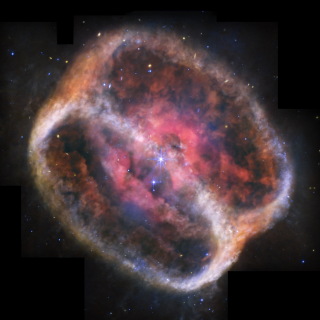
An international team, including a researcher from the Instituto de Astrofísica de Canarias (IAC), has obtained an incredible image of the planetary nebula NGC 1514 using the James Webb Space Telescope (JWST), revealing the nebula's spectacular dusty rings in unprecedented detail. NGC 1514 was one of the first nebulae to be studied by astronomer William Herschel, who noted that when viewed through his telescope (the biggest in the World at the time) the nebula looked like a fuzzy cloud somewhat similar in appearance to one of his other discoveries: the planet Neptune. The new images acquired
Advertised on
